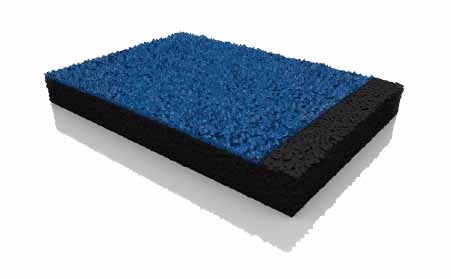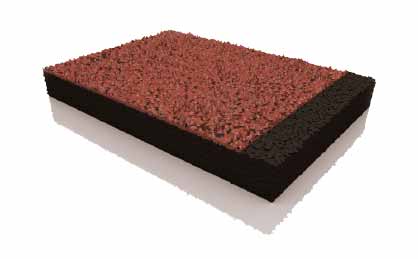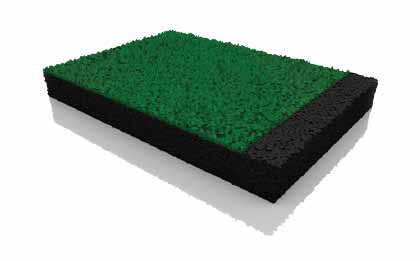MULTI USE GAME AREAS (MUGA)
Sports surfaces play a critical role in athlete safety, performance, and the longevity of your court. From community playgrounds to professional arenas, the right surfacing system delivers impact absorption, traction, weather resilience, and vibrant aesthetics—all with minimal ongoing maintenance. At DCM Surfaces, we specialise in two premium MUGA (Multi-Use Games Area) systems to suit your needs: Polymeric Sports Surfacing and Structure Spray.
Installing a multi-use games area is the most cost-effective solution for clients who will be participating in multiple sports. As a general rule, any facility surfaced with macadam or polymeric surfacing is considered to be a MUGA, as are synthetic turf areas of less than 3,000m2.
DCM Surfaces is able to offer various surfaces to meet specific performance requirements, including IAAF, Sport England and SAPCA.
- POLYMERIC SPORTS SURFACING
- STRUCTURE SPRAY (TYPE 4)
- PROJECTS
- AFTERCARE
OVERVIEW
Polymeric Sports Surfacing is a seamless, two‐layer synthetic court system engineered for superior playability and safety. Its smooth, anti‐slip wear layer sits atop an acrylic resin base to deliver outstanding shock absorption and friction control—ideal for tennis, athletics, basketball, netball and other multi‐use game areas. Offered in red, green or blue and complete with bespoke line markings, it creates versatile courts that look sharp year after year. Please note: this surface is not Sport England accredited.
Exceptional shock absorption for player comfort and joint protection
Superior slip resistance to reduce on-court accidents
UV-stable colour retention that keeps courts looking fresh year after year
Rigorous safety compliance with standards for abrasion, weather resilience, and surface friction
BUILD UP
Macadam should be laid min 7 days before installing polymeric surfaces.
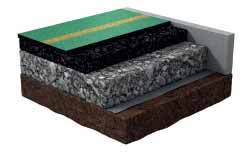
Polymeric Anti-Slip Surface onto Macadam
COLOURS
*Colours shown are for reference only. For exact colour matches, please request a sample.

Light Blue (Premium)
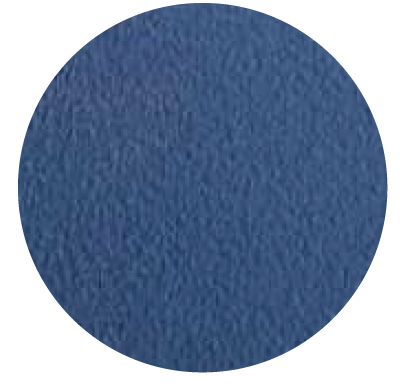
Dark Blue (Premium)

Light Green (Standard Colour)

Dark Green (Standard Colour)

Red (Standard Colour)
OVERVIEW
Polymeric Structure Spray (Type 4) consists of an SBR shockpad with a 2-3mm spray coating of granulated EPDM rubber. The structure spray gives the surface high skid resistant properties which are needed for a range of sports including tennis, athletics, and running tracks, as set out by SAPCA, Sport England and AENA. The structure spray is available in a variety of colours, including red, green or blue.
Exceptional shock absorption for player comfort and joint protection
Superior slip resistance to reduce on-court accidents
UV-stable colour retention that keeps courts looking fresh year after year
Rigorous safety compliance with standards for abrasion, weather resilience, and surface friction
BUILD UP
Macadam should be laid min 7 days before installing polymeric surfaces.
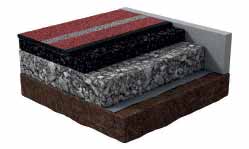
Structure Spray Surface onto Macadam
COLOURS
*Colours shown are for reference only. For exact colour matches, please request a sample.
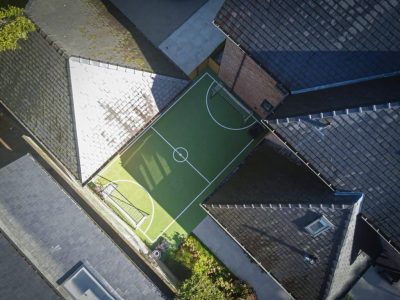
Site Name: Residential
Surface Type: Wetpour, Artificial Grass MUGA pitch
DCM installed a new multi-use sports pitch area for ball games and other activities.
View Project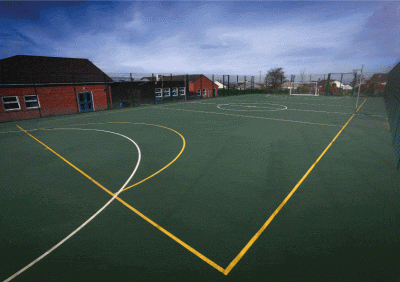
Site Name: St Mary’s Primary School This project included all elements of the build, including; excavation of the existing surface, the MOT stone build-up, macadam subbase, PCC edges and 1.8m twin rebound wire fence panels around the perimeter.
Surface Type:
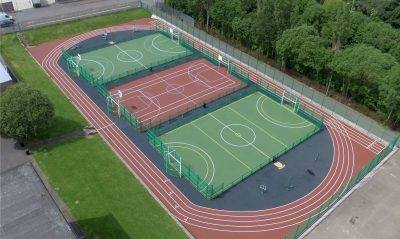
Site Name: Belshill Academy
Surface Type: EPDM with Anti-Slip
In 2017, Belshill Academy invested in a new outdoor sports facility, which included three separate multi-sport courts to offer handball, basketball, hockey, tennis and football.
View ProjectPOLYMERIC INSPECTION AND MAINTENANCE GUIDE – Download
All MUGA Surfacing should undergo routine and operational inspection and maintenance in accordance with the recommendations of EN 1176.
The frequency of inspection will vary with the type of equipment used and other factors such as heavy use, levels of vandalism, coastal location, air pollution, age of equipment, location adjacent trees.
If the surface is discovered to be unsafe during inspection and cannot be corrected immediately, the surface should be secured against further use.
